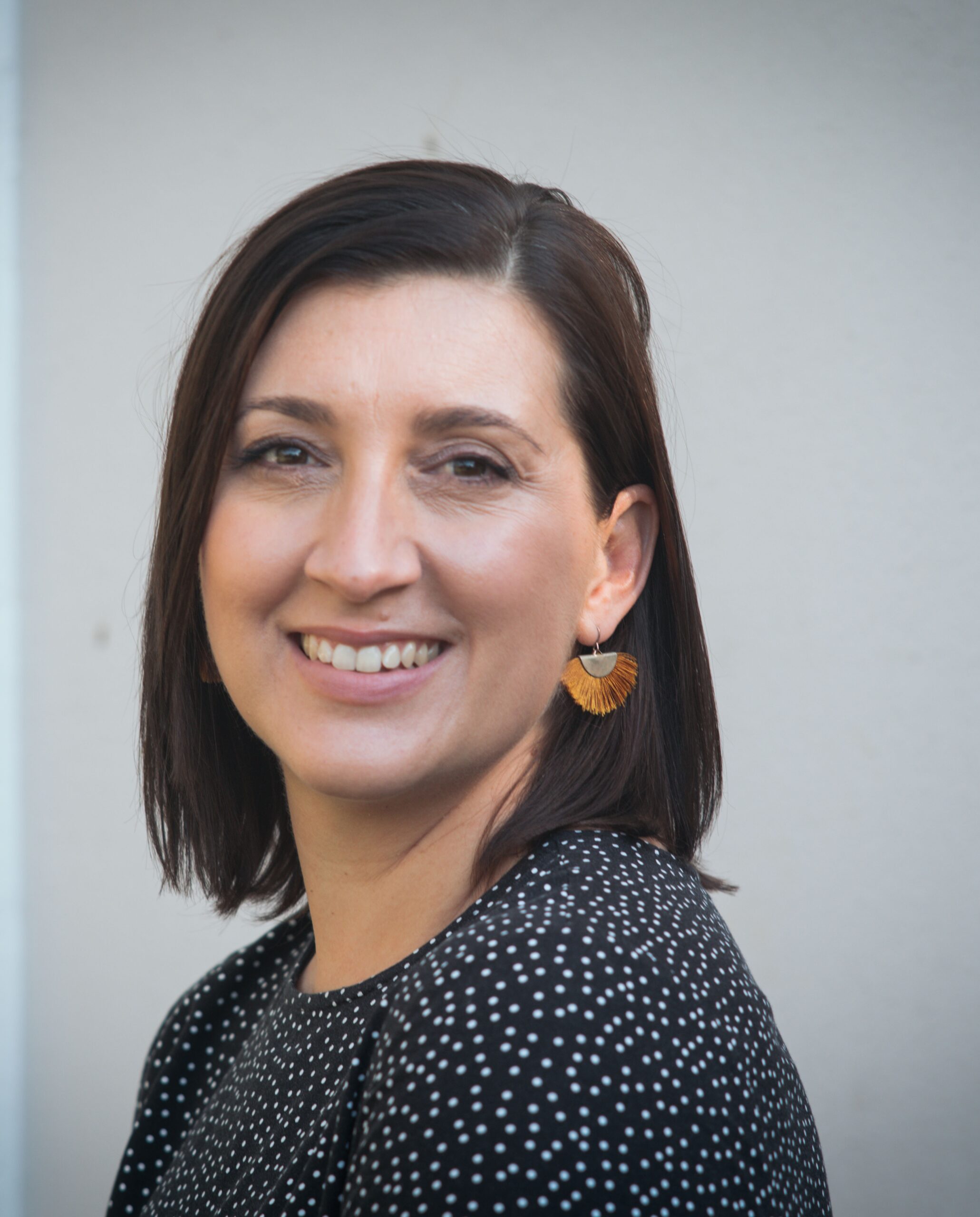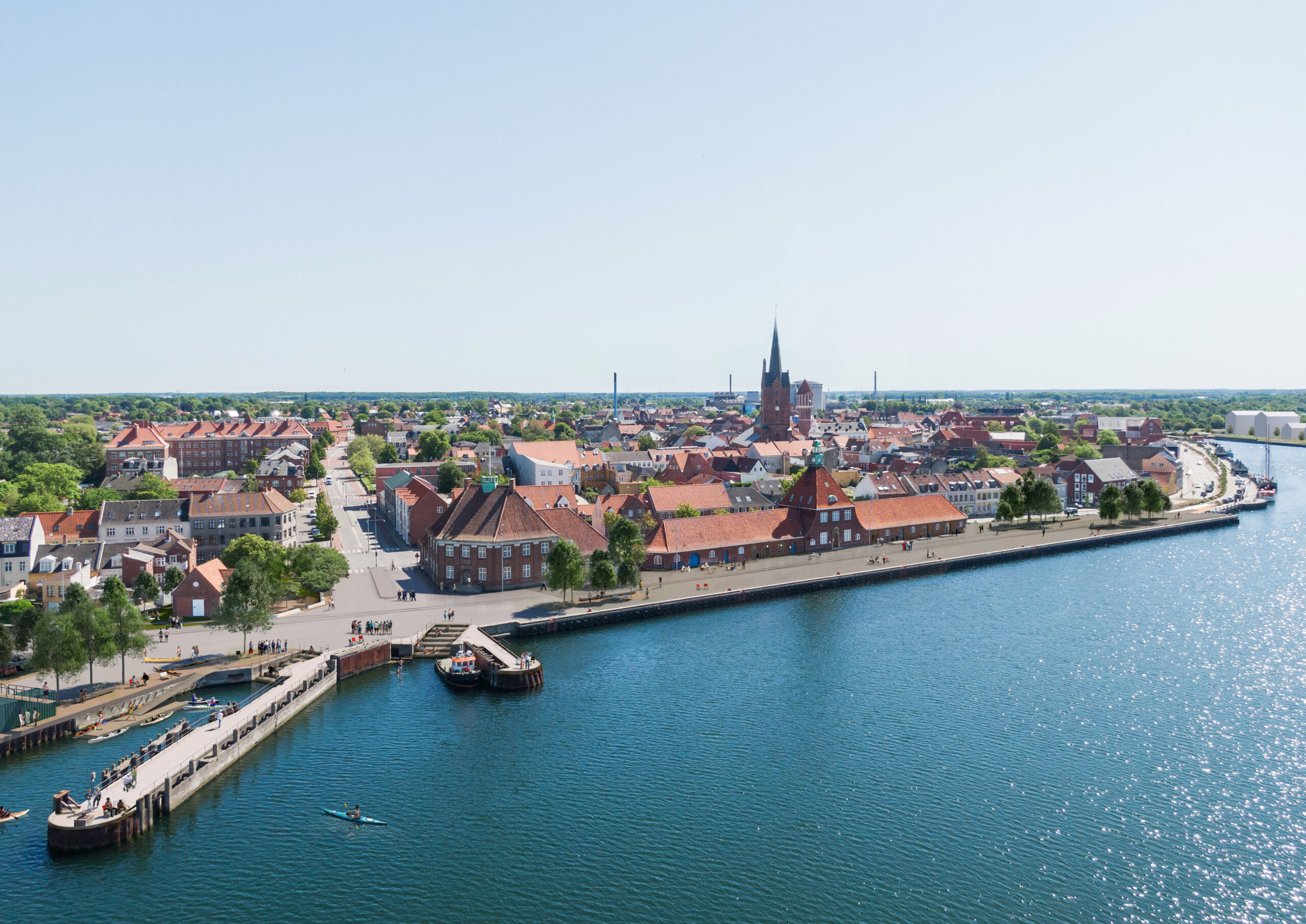Young men are more than twice as likely to be the subject to violence or assault in Copenhagen as the average resident, a new report from the City Council has shown.
The report was based on interviews with residents about whether they had experienced violence or attempted violence in the last year and compared the results to responses from 2009.
Despite a small overall drop from four percent to 3.7 percent, an increased number of men under the age of 25 reported experiencing violence, from 7.1 percent to 9.1 percent.
The report also revealed that women were only half as likely to have experienced violence as men – 2.6 percent for women compared to 5 percent for men – while belonging to a minority group significantly increased the risk of assault.
Speaking to Berlingske newspaper, Anna Mee Allerslev, the city’s deputy mayor for integration and employment, welcomed the overall drop in the level of violence, but added that more needed to be done to help young men.
“IÂ’m glad that it is generally going well. But the negative development among young men, especially those with minority backgrounds, is worrying,” she said. “The environment for a small group in Copenhagen has become brutal, the tone has become raw, and certain things which were never acceptable before are now perfectly legitimate.”
According to Britta Kyvsgaard, head of the research office at the Ministry of Justice, a similar picture can be painted across the country.
“Young men are certainly most at risk from violence,” Kyvsgaard told Berlingske. “We can see that violence against young men is closely tied to public places such as street and bar environments.”
Allerslev expressed concern that up to 80 percent of violent episodes against young men go unreported.
“The question is whether anyone would bother to report an attempted assault. What we generally see is the greater the assault, the greater the likelihood it will be reported.”
Despite Allerslev’s concern, Eva Smith from crime prevention council Det Kriminalpræventative Råd, doubted that the numbers necessarily mirrored a real rise in violence against young men.
“When we look at numbers from emergency rooms and police reports, we don’t see a rise so it’s hard to tell if it reflects something real or whether it’s because we now consider some things violence which we did not before.”
If the report is to be trusted, then being a woman has become safer in Copenhagen in the past two years. The number of women experiencing violence dropped from 3.4 to 2.6 percent since 2009 and women in the age group of 25-39 were the least affected, with only 1.9 percent reporting violence.
According to figures from the Ministry of Justice, a majority of assaults occur under a few particular conditions. Some 65 percent of victims do not know their assailant, another 65 percent of assaults happen on Friday, Saturday or Sunday, and 63 percent of assailants are under the influence of drugs or alcohol.














